Active Learning Strategies for Students
eSchool News
APRIL 5, 2024
Problem-Based Learning (PBL): PBL tasks students with solving real-world problems or case studies, requiring them to apply knowledge and critical thinking skills to develop solutions. It encourages inquiry, creativity, and independent learning. What are some examples of active learning strategies?

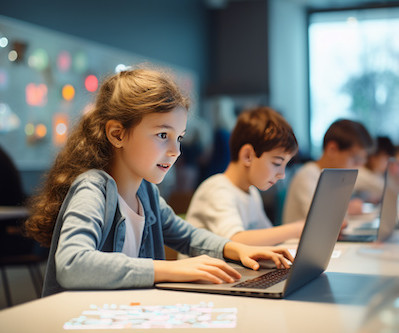
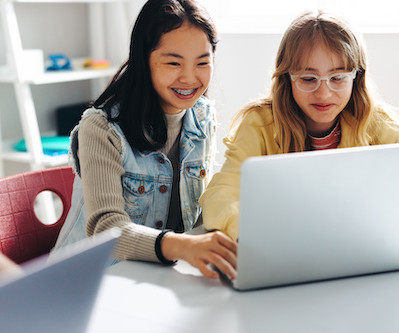

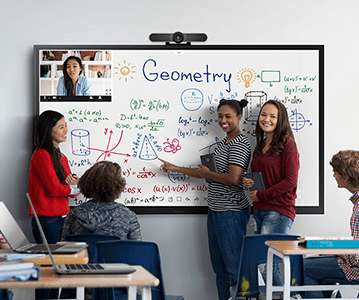
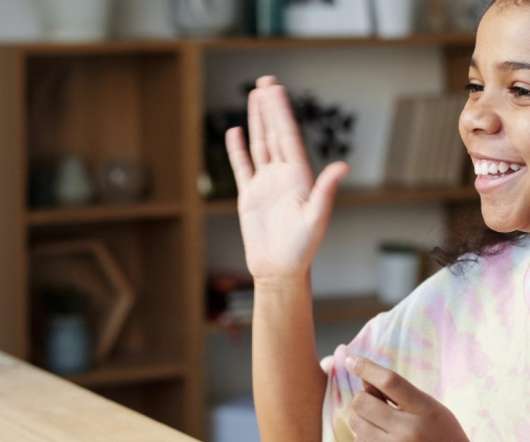


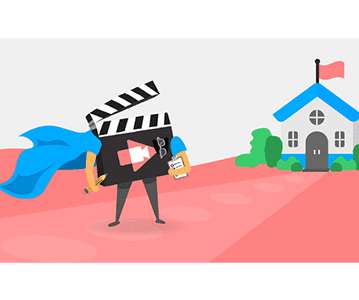









Let's personalize your content